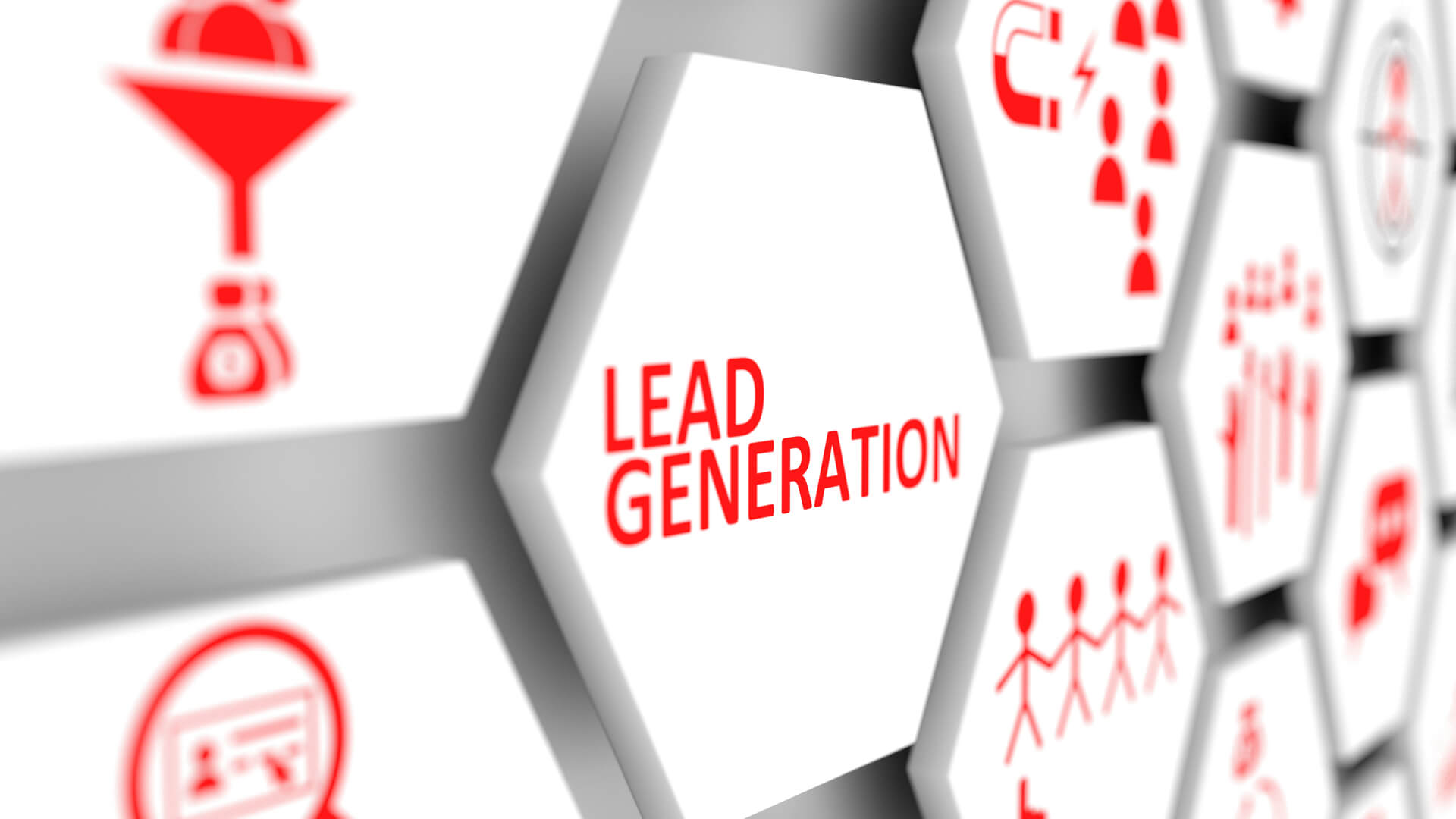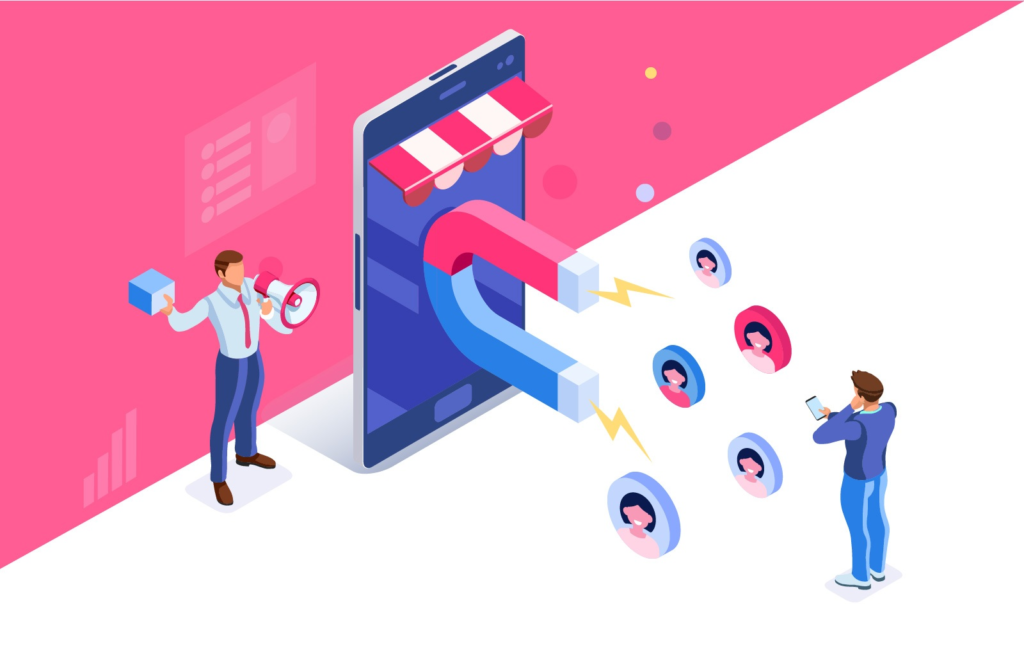Table of Contents
Learn » Interior Design »
Are you an interior designer looking to expand your client base and grow your business? Generating quality leads is crucial for success in the competitive world of interior design. This comprehensive guide will provide you with actionable strategies to attract more leads, convert them into clients, and ultimately boost your revenue.
Table of Contents
- Understanding Your Target Audience
- Optimize Your Website for Lead Generation
- Leverage Search Engine Optimization (SEO)
- Create Engaging Content Marketing
- Harness the Power of Social Media
- Utilize Email Marketing Campaigns
- Network and Build Professional Relationships
- Implement Referral Programs
- Invest in Online Advertising
- Collaborate with Industry Partners
- Offer Promotions and Special Deals
- Showcase Testimonials and Reviews
- Follow Up with Potential Leads
- Measure and Analyze Your Efforts
- Conclusion
1. Understanding Your Target Audience
Before implementing any lead generation strategies, it’s essential to identify and understand your ideal clients.
Define Your Ideal Client Profile
- Demographics: Age, gender, income level, location.
- Psychographics: Lifestyle, values, interests.
- Needs and Pain Points: What challenges do they face in interior design?
Action Step: Create a detailed buyer persona to tailor your marketing efforts effectively.
2. Optimize Your Website for Lead Generation
Your website is often the first impression potential clients have of your business. Ensure it’s designed to convert visitors into leads.
Enhance User Experience (UX)
- Responsive Design: Optimize for mobile devices.
- Fast Loading Times: Aim for under 3 seconds.
- Easy Navigation: Use clear menus and calls-to-action (CTAs).
Include Clear Calls-to-Action
- Contact Forms: Make it easy for visitors to reach out.
- Newsletter Sign-Ups: Encourage email subscriptions.
- Free Resources: Offer downloadable guides or checklists.
Example: Place a “Schedule a Free Consultation” button prominently on your homepage.
3. Leverage Search Engine Optimization (SEO)
Improve your website’s visibility on search engines to attract organic traffic.
Keyword Research
- Identify Relevant Keywords: Use tools like Google Keyword Planner.
- Long-Tail Keywords: Target specific phrases like “luxury kitchen interior design.”
On-Page SEO
- Optimize Meta Tags: Include keywords in titles and descriptions.
- Quality Content: Provide valuable information that answers user queries.
- Internal Linking: Link related pages within your website.
Off-Page SEO
- Backlinks: Earn links from reputable websites.
- Guest Blogging: Write articles for industry blogs.
Action Step: Regularly update your website with SEO-friendly content.
4. Create Engaging Content Marketing
Content marketing helps establish you as an authority and attracts potential clients.
Start a Blog
- Share Expertise: Write about design trends, tips, and case studies.
- Consistency: Post regularly to keep readers engaged.
Utilize Video Content
- Virtual Tours: Showcase your projects.
- How-To Videos: Provide DIY tips.
Offer Downloadable Resources
- E-Books and Guides: Provide in-depth information.
- Checklists: Help clients plan their design projects.
Example: Create a “Home Renovation Planning Guide” for free download.
5. Harness the Power of Social Media
Social media platforms are essential for reaching a wider audience.
Choose the Right Platforms
- Instagram and Pinterest: Visual platforms ideal for showcasing designs.
- Facebook and LinkedIn: Great for networking and sharing content.
Engage Your Audience
- Post High-Quality Images: Share your portfolio.
- Use Stories and Reels: Showcase behind-the-scenes content.
- Interact: Respond to comments and messages promptly.
Utilize Hashtags
- Relevant Hashtags: Use popular and niche hashtags to increase visibility.
Action Step: Develop a social media calendar to plan and schedule posts.
6. Utilize Email Marketing Campaigns
Email marketing keeps you connected with potential and existing clients.
Build an Email List
- Sign-Up Forms: Place them strategically on your website.
- Incentives: Offer discounts or exclusive content for subscriptions.
Segment Your Audience
- Personalize Content: Tailor emails based on client interests and behaviors.
Craft Compelling Emails
- Engaging Subject Lines: Increase open rates.
- Clear CTAs: Guide readers on the next steps.
Example: Send a monthly newsletter featuring design tips and recent projects.
7. Network and Build Professional Relationships
Building relationships within the industry can lead to referrals and collaborations.
Attend Industry Events
- Conferences and Trade Shows: Meet potential clients and partners.
- Workshops and Seminars: Stay updated on industry trends.
Join Professional Organizations
- Membership Benefits: Access to networking events and resources.
Local Networking
- Community Events: Participate in local fairs or charity events.
- Business Groups: Join local chambers of commerce.
Action Step: Set a goal to attend at least one networking event per month.
8. Implement Referral Programs
Word-of-mouth is a powerful tool in the interior design industry.
Encourage Client Referrals
- Referral Incentives: Offer discounts or gifts for successful referrals.
- Easy Referral Process: Provide clients with materials to share your services.
Collaborate with Complementary Businesses
- Partnerships: Work with real estate agents, architects, or contractors.
- Cross-Promotion: Refer clients to each other.
Example: Offer a 10% discount to clients who refer a friend.
9. Invest in Online Advertising
Paid advertising can boost your visibility quickly.
Pay-Per-Click (PPC) Advertising
- Google Ads: Target specific keywords to appear in search results.
- Budget Management: Set daily limits to control costs.
Social Media Advertising
- Targeted Ads: Use demographic and interest targeting on platforms like Facebook and Instagram.
- Promoted Posts: Increase the reach of your content.
Retargeting Campaigns
- Reach Previous Visitors: Show ads to people who have visited your website.
Action Step: Start with a small budget to test which ads perform best.
10. Collaborate with Industry Partners
Building relationships with other professionals can open new avenues.
Partner with Influencers
- Interior Design Bloggers: Collaborate on content or projects.
- Social Media Influencers: Reach new audiences through their followers.
Guest Speaking
- Webinars and Podcasts: Share your expertise on relevant platforms.
Supplier Relationships
- Exclusive Deals: Offer unique products through partnerships.
- Co-Marketing: Share marketing efforts with partners.
Example: Co-host a webinar with a home decor brand.
11. Offer Promotions and Special Deals
Attract potential clients with irresistible offers.
Seasonal Promotions
- Holiday Discounts: Encourage clients to start projects during slower periods.
- Limited-Time Offers: Create urgency.
Package Deals
- Bundled Services: Offer a set of services at a discounted rate.
Free Consultations
- No-Obligation Meetings: Allow potential clients to experience your expertise risk-free.
Action Step: Promote your special offers through all marketing channels.
12. Showcase Testimonials and Reviews
Positive feedback builds trust and credibility.
Collect Testimonials
- Request Feedback: Ask satisfied clients for reviews.
- Diverse Testimonials: Showcase different types of projects.
Display Reviews Prominently
- Website: Create a dedicated testimonials page.
- Social Media: Share positive reviews.
Utilize Third-Party Platforms
- Houzz, Yelp, Google My Business: Encourage clients to leave reviews.
Example: Feature video testimonials on your website.
13. Follow Up with Potential Leads
Consistent follow-up can turn interested prospects into clients.
Timely Responses
- Quick Replies: Respond to inquiries within 24 hours.
Personalized Communication
- Tailor Messages: Reference specific details from previous interactions.
Use a CRM System
- Track Leads: Manage contacts and communication history.
- Set Reminders: Schedule follow-ups.
Action Step: Establish a follow-up protocol for all new leads.
14. Measure and Analyze Your Efforts
Regularly assess your strategies to identify what’s working.
Key Performance Indicators (KPIs)
- Website Traffic: Monitor via Google Analytics.
- Conversion Rates: Track how many leads turn into clients.
- Engagement Metrics: Assess email open rates, social media interactions.
Adjust Strategies Accordingly
- Data-Driven Decisions: Focus on channels yielding the best results.
- Continuous Improvement: Test and refine your approaches.
Example: If social media ads have a high conversion rate, consider increasing the budget.
 15. Conclusion
15. Conclusion
Generating more leads for your interior design business involves a multifaceted approach that combines online and offline strategies. By understanding your target audience, optimizing your online presence, and actively engaging with potential clients, you can build a robust pipeline of quality leads.
Remember, consistency and persistence are crucial. Regularly assess your efforts, adapt to changing trends, and stay committed to providing exceptional value to your clients.
Ready to take your interior design business to the next level? Start implementing these strategies with Foyr today and watch your client base grow!
[/vc_column_text][/vc_column][/vc_row]
FAQs
Focus on showcasing luxury projects in your portfolio, network in upscale communities, and optimize your marketing materials to appeal to high-end clients. Consider advertising in premium magazines and attending exclusive events.
Instagram and Pinterest are highly effective due to their visual nature. They allow you to showcase your work creatively and reach users interested in design and aesthetics.
Consistency is key. Aim to publish new content at least once a week to keep your audience engaged and improve your SEO rankings.
Yes, when done strategically. Paid advertising can quickly increase your visibility and attract targeted leads. Start with a modest budget and focus on platforms where your target audience spends time.
Simply ask! After completing a project, request feedback and provide links to review platforms. You can also incentivize reviews with small gifts or discounts on future services.









 15. Conclusion
15. Conclusion